A single-step form shows all fields at once. A multi-step form splits them into smaller sections over multiple screens.
5 Mins Read | July 07, 2025
Multi-Step Forms vs Single-Step Forms: Which One Generates Better Leads?
The look, feel, and flow of your form can either nudge someone to complete it or send them running for the exit. That small detail is often the difference between a warm lead and a missed opportunity.
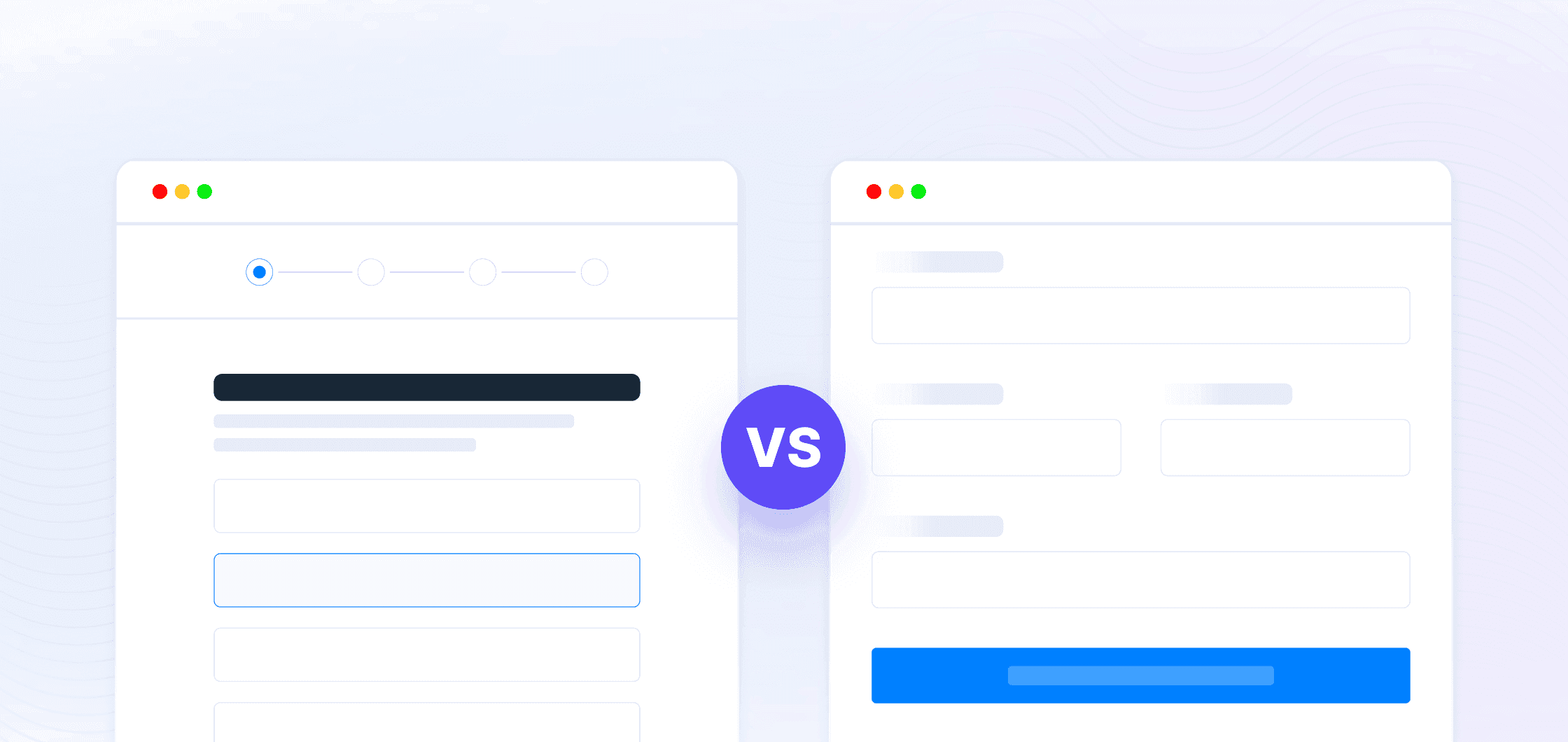
Two common formats dominate lead forms: the single step form, where everything appears on one screen, and the multi step form, which splits questions across multiple pages.
But which one actually performs better for lead generation, especially in today’s mobile first world?
Let’s break it down -
What Are Single-Step Forms?
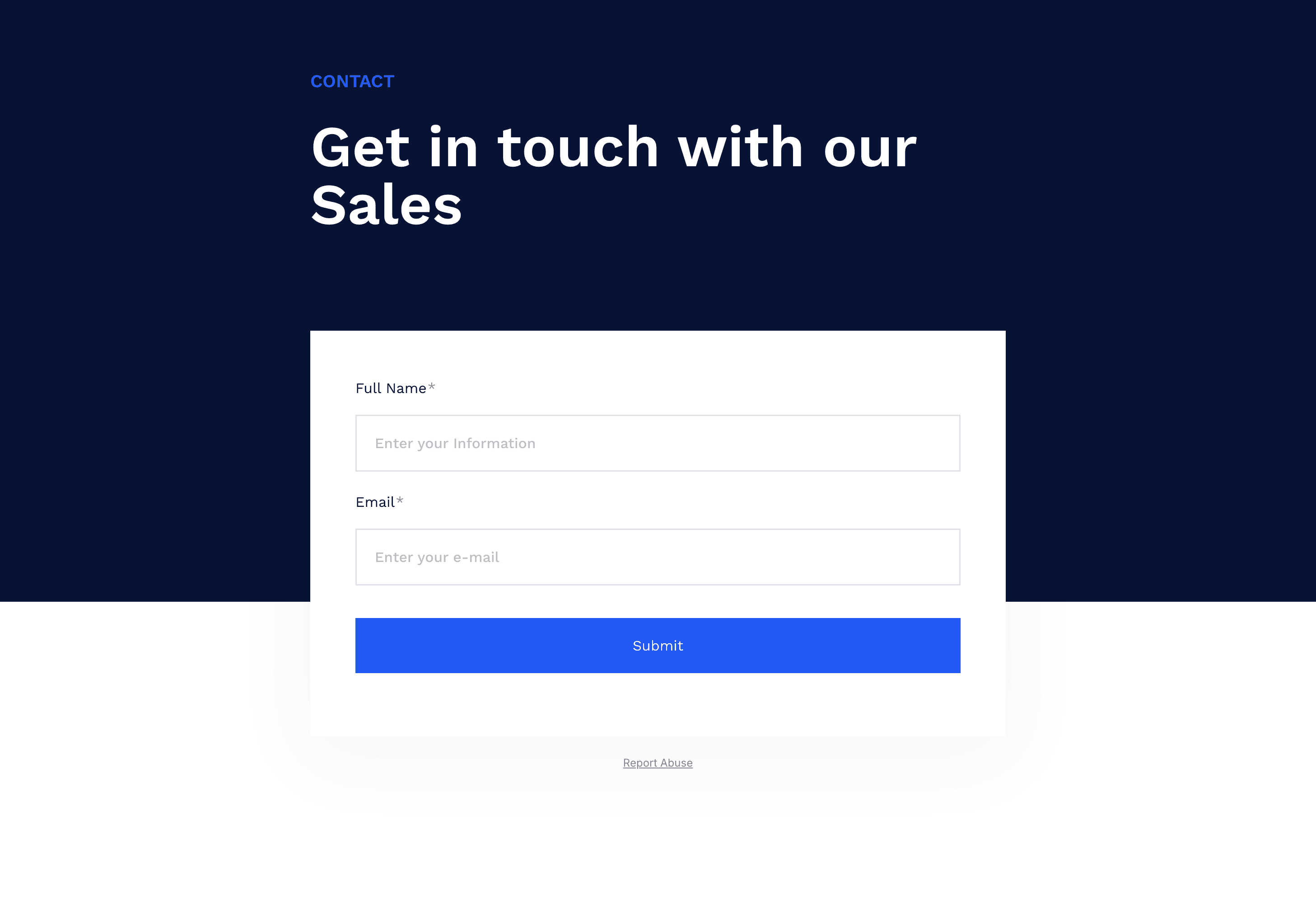
A single step form is a classic format where all form fields are displayed on one page or screen. It’s straightforward - users see everything at once and fill it out in one go.
These are most commonly used for:
- Newsletter signups
- Basic contact forms
- Event RSVPs
- Quick polls or feedback surveys
- Free Downloads or Webinar Registrations
Advantages of Single-Step Forms
When speed and simplicity matter most, single-step forms shine. They’re ideal for capturing basic info quickly, no page breaks, no distractions. Here’s why they still have a place in your lead gen toolkit:
- Quick to Complete: Users don’t have to keep clicking “Next” - everything is in front of them.
- Best for Short Forms: Ideal when you're collecting 2–5 fields of information.
- Easier to Implement: No logic or branching required. Great for beginners or low-tech use cases.
- Good for Simple Offers: Think free downloads, webinar registrations, or one-question surveys.
Disadvantages of Single-Step Forms (When Not to Use)
But they’re not always the right fit, especially for mobile users or complex journeys. In some cases, they can hurt more than help. Here’s where they fall short:
- Not Mobile-Friendly for Long Forms: A long single-step form becomes a scroll fest on phones! Bad UX = Drop-Offs.
- Overwhelming for Users: When users see too many fields upfront, they may bounce before starting.
- Limited in Logic & Qualification: Hard to personalize user journeys or apply conditional logic effectively.
How to Create a Single-Step Form in MakeForms
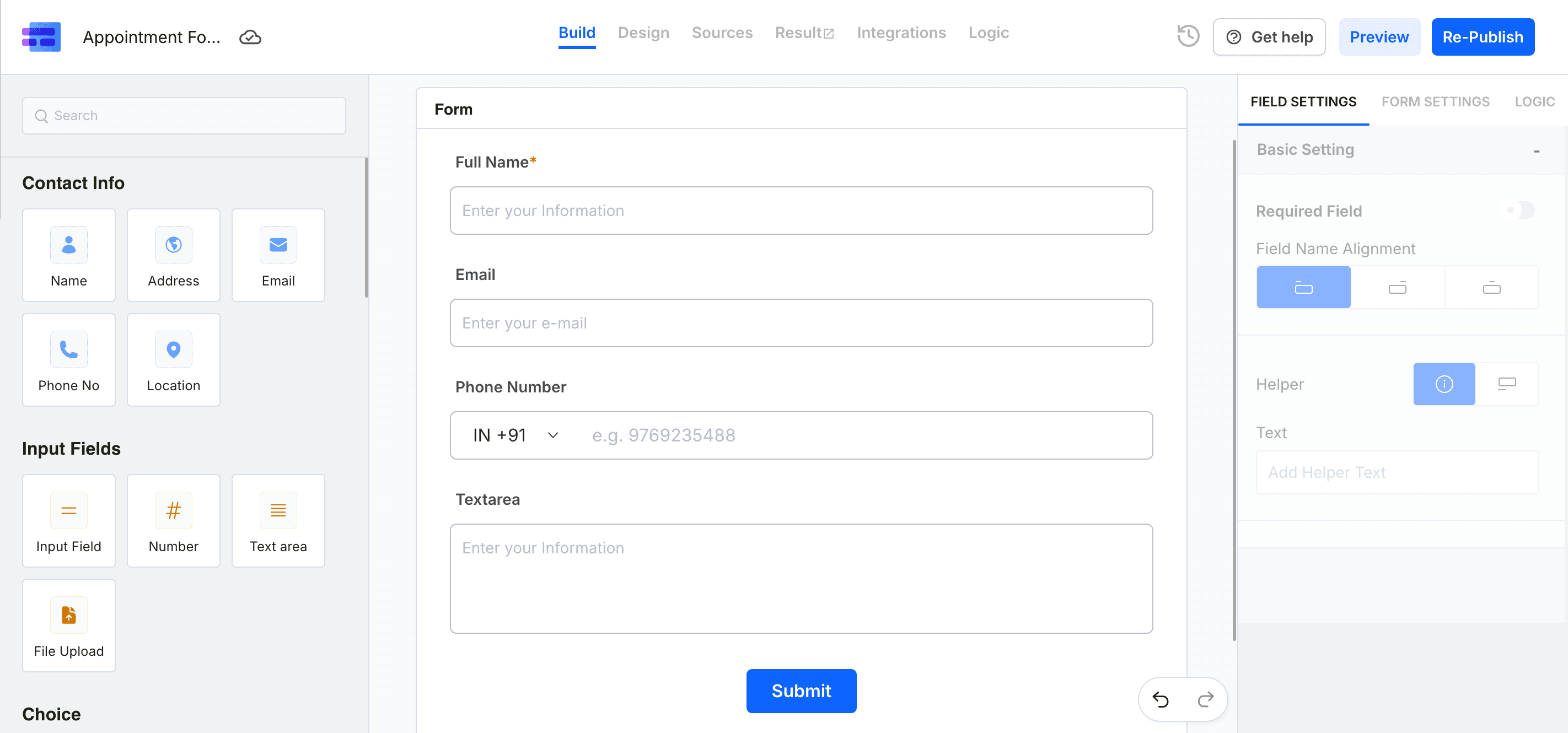
If all you need is a quick, no-fuss form to collect basic info - this is the one. Let’s walk through how to build one in MakeForms. It’s very simple!
- Create a new form
- Drag and drop fields without inserting a Page Break.
- MakeForms offers a variety of field types to match your needs, including:
- Short and long text inputs
- Phone number and email
- Multiple choice or dropdowns
- File uploads
- Date pickers and sliders
Once you publish, the user will see all fields at once in one continuous form. This setup is best when you're asking for minimal information, like a name, email, and one or two qualifying questions.
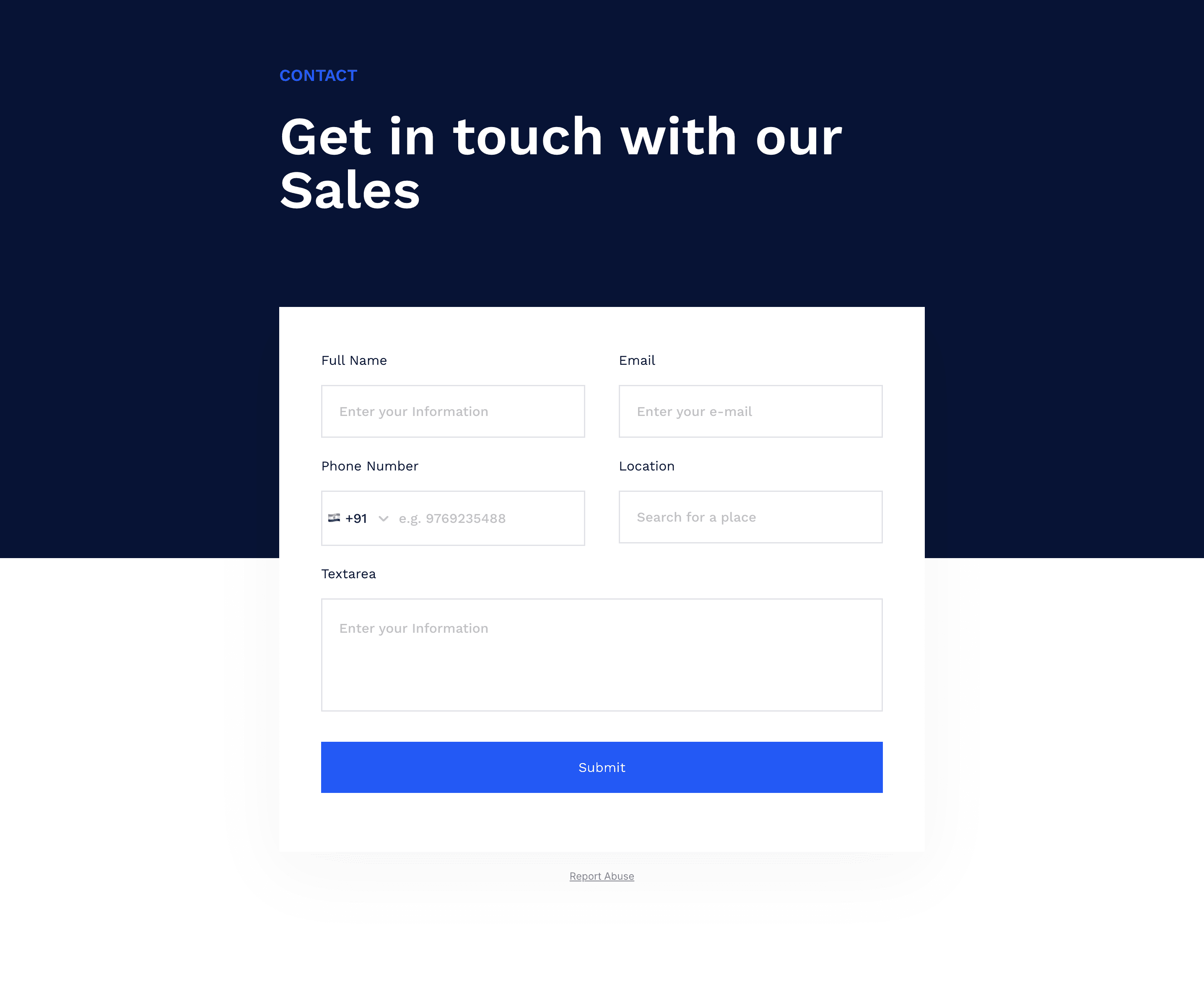
You can watch a quick video here on how to make this single step form.
What Are Multi-Step Forms?
A multi step form, as the name suggests, divides questions across multiple pages, usually a few questions per screen. A progress bar or “step tracker” accompanies this style to keep users engaged.
They’re perfect for:
- Detailed applications
- Product or service interest forms
- High-intent lead qualification journeys
- Healthcare, legal, and real estate inquiries
Breaking things up makes the process feel easier, especially when you’re asking for sensitive or complex information.
Advantages of Multi-Step Forms
When you need more than just a name and email, multi step forms are your best friend. They break down complex forms into simple steps that boost mobile usability, conversions, and lead quality. Here’s why they work so well:
- Mobile Optimized: Each screen is short and easy to complete, even on smaller devices.
- Encourages Completion: Users are less likely to bounce mid-way because the process feels manageable.
- Improves Lead Quality: By adding qualifying questions gradually, you filter out low-intent users early.
- Works Well with Logic: You can create conditional journeys, hide/show fields, and personalize the experience.
- Scalable for Complex Processes: Great for applications, onboarding, surveys, and funnel-driven forms.
See our multi-step form examples for real use cases across industries.
Disadvantages of Multi-Step Forms (When Not to Use)
But there are situations when multi step forms aren't always the answer. If your form is short or the setup isn’t intuitive, they can slow things down or confuse users. Here’s when to avoid them:
- Takes Slightly Longer: More clicks = more time, especially if the form isn’t designed well.
- Slightly More Complex Setup: Requires some thought on flow, order, and logic.
- Not Necessary for Simple Data Collection: You might overcomplicate a form that only needs 3-4 inputs.
How to Create a Multi-Step Forms in MakeForms
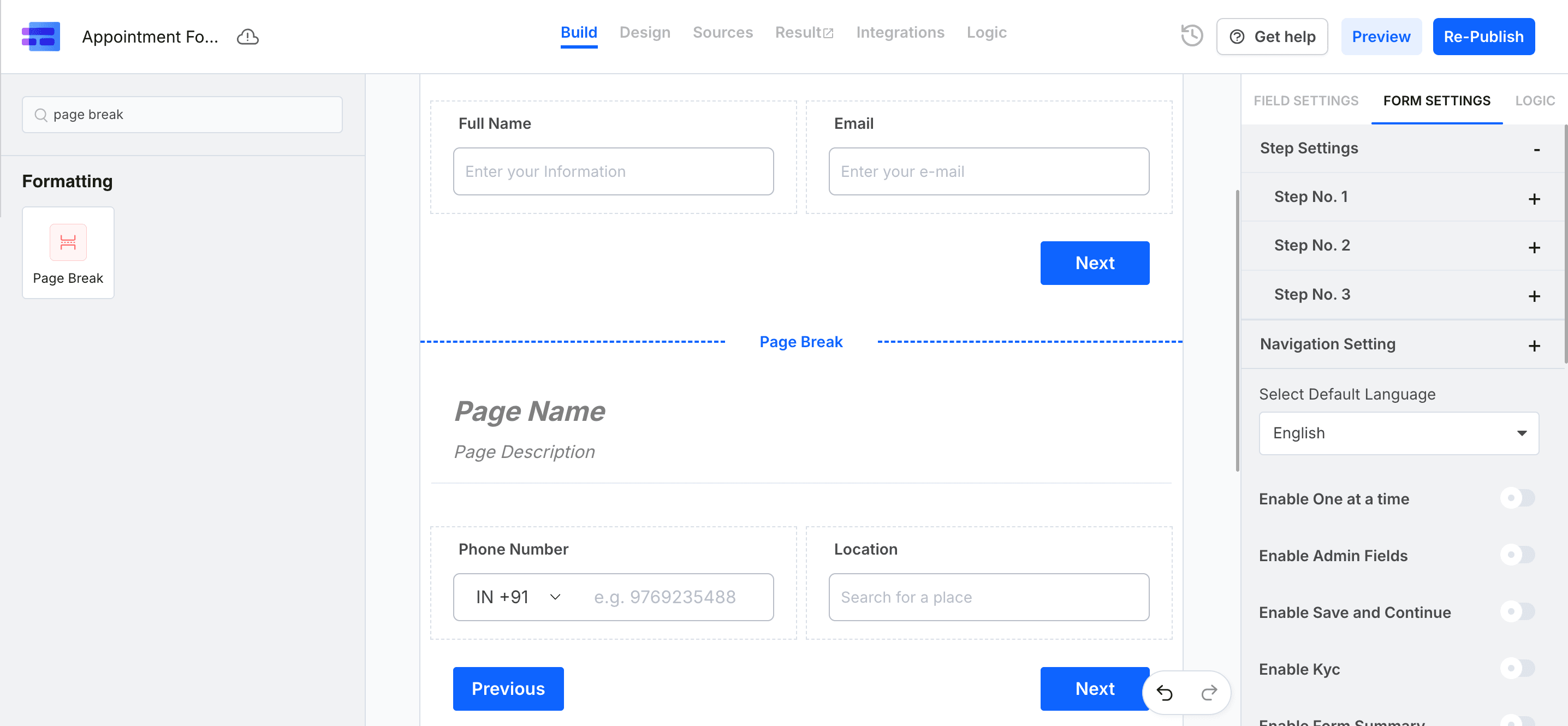
You can turn the same single-step form into a multi-step form on MakeForms. It doesn’t get easier than this!
- Drag and Drop a Page Break field to divide your form into steps.
- Optionally you can add logic, like “show this question only if answer = yes.” to only show relevant questions based on the selected answers.
Once published, your form will display one section at a time, broken across multiple pages. Users can either move forward automatically with Auto Progress, or manually click Next to proceed to the following step.
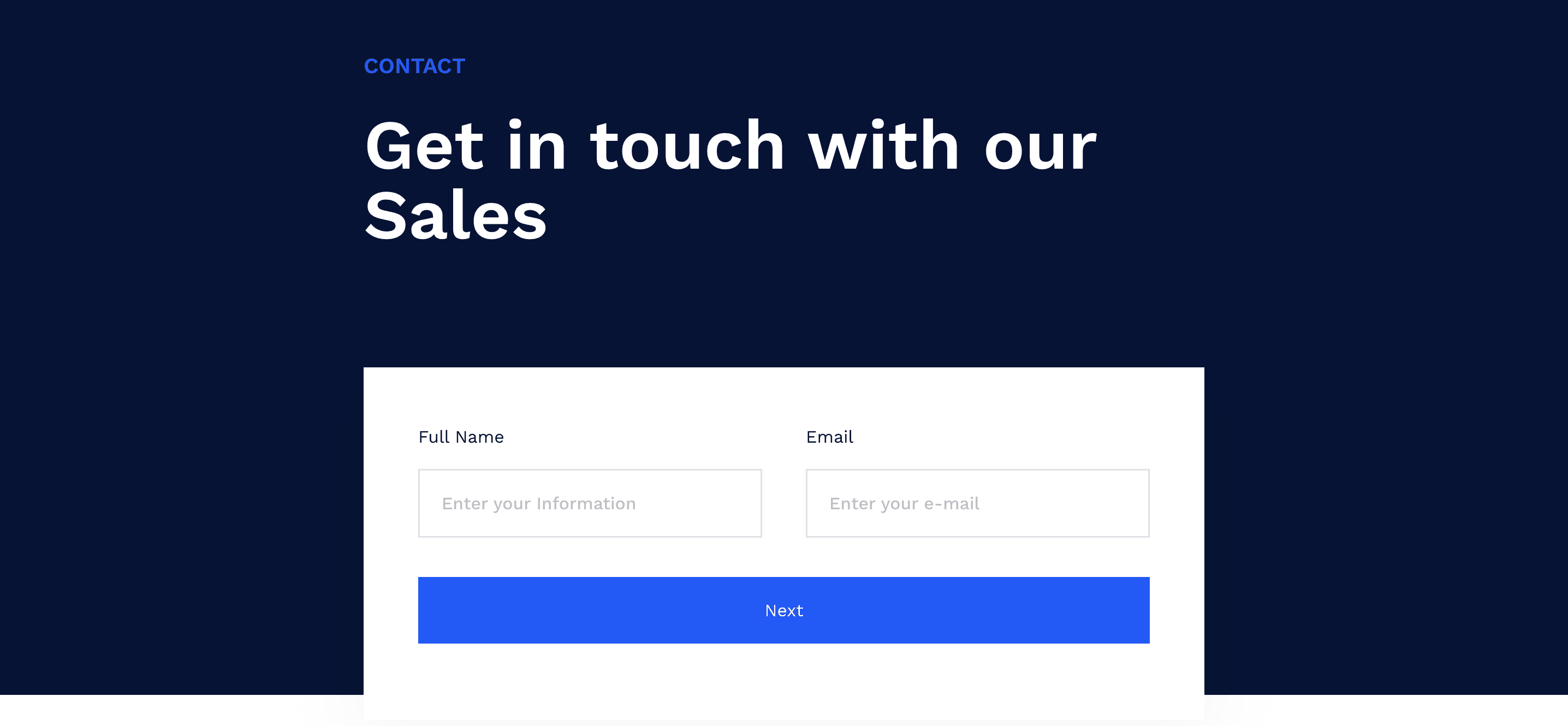
You can watch a quick video here on how to make this multi step form.
Side-by-Side Comparison: Single-Step vs Multi-Step Forms
| Feature / Situation | Single-Step Form | Multi-Step Form |
|---|---|---|
| Typical Use Case | Newsletter, contact, feedback | Applications, surveys, detailed lead capture |
| User Experience | Simple, but can be overwhelming | Clean, focused, step-by-step |
| Ease of Completion | Fast for short forms | Easier for long forms due to pacing |
| Mobile Friendliness | Low (for long forms) | High – screens are bite-sized |
| Conversion Tendency | High for very short forms | Higher for long forms or sensitive data collection |
| Lead Qualification | Minimal | Strong because it supports logic, conditional flows |
| Setup in MakeForms | Basic setup, no Page Break needed | Add Page Breaks + logic for branching paths |
| When to Use | Simple needs, minimal info | Detailed needs, segmentation, conditional flows |
Choose the Right Form for the Right Job
When it comes to single-step vs multi-step forms, the best choice depends on your goal. If you're looking to collect quality leads, improve the lead qualification process, and optimize for mobile users, multi-step forms usually win.
But if you're aiming for speed and simplicity, especially with low-barrier offers, a single-step form might be just right.
The good news? With MakeForms, you can make both in a matter of minutes! Explore more lead gen form templates to start building better forms right away.

